The Sci-Fi Horror Classic With The Best And Worst Possible Remakes
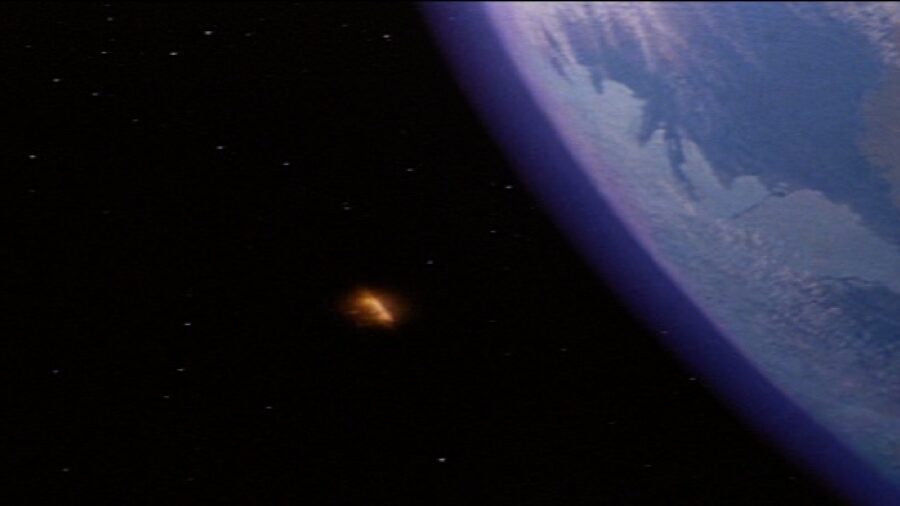
John Carpenter’s 1982 film The Thing is masterpiece of sci-fi and horror; it also forces us to examine the bittersweet nature of remakes. In fact, the entire Thing franchise actually just translates to a sequence of remakes, beginning (film-wise) with Howard Hawke’s 1951 classic The Thing From Another World. This iconic but even filmography doubles as an extended meditation on whether or not remakes justify themselves.
To Remake Or Not To Remake
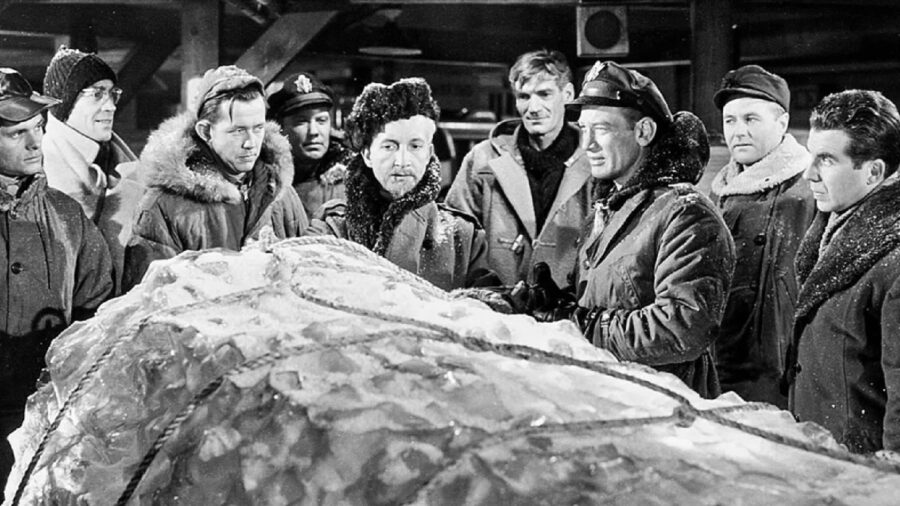
Like the shape-shifting alien monster at the franchise’s heart, the debate about revamping old source material transforms through and around Carpenter’s film and its related projects. But Carpenter’s take specifically, and the 2011 prequel/remake, exemplify the best and worst of remakes most glaringly.
Carpenter’s The Thing Is An Argument For Remakes
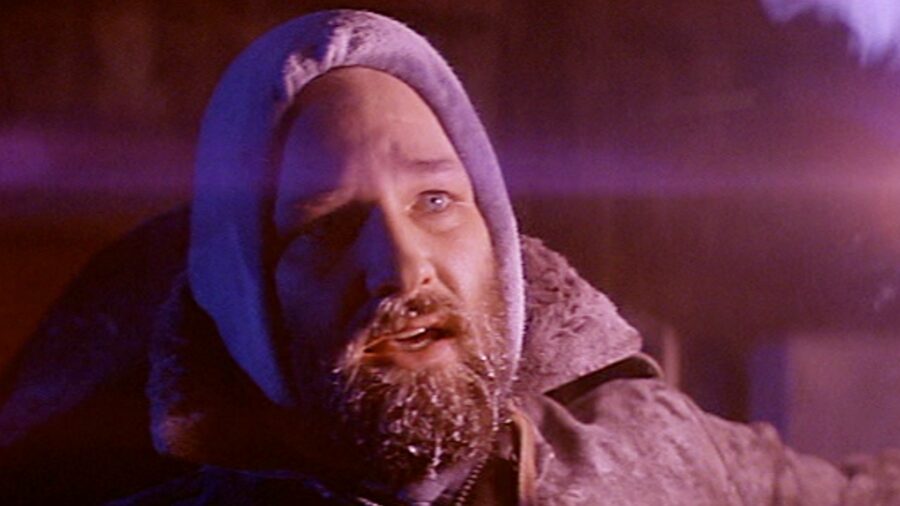
First, I’ll be frank: Carpenter’s vision is easily one of my favorite films. I’ll need a War and Peace-length hunk of text to fully convey how and why. But suffice it to say, it was a remake done right.
Carpenter’s The Thing is a prime example of how a remake can vastly outshine its predecessor (even when its predecessor is excellent, like Hawks’). Carpenter worked magic by transforming the original movie’s Cold War paranoia into a profound exploration of existential dread and the fear of the unknown.
The Visual Effects Perfectly Elevated The Story
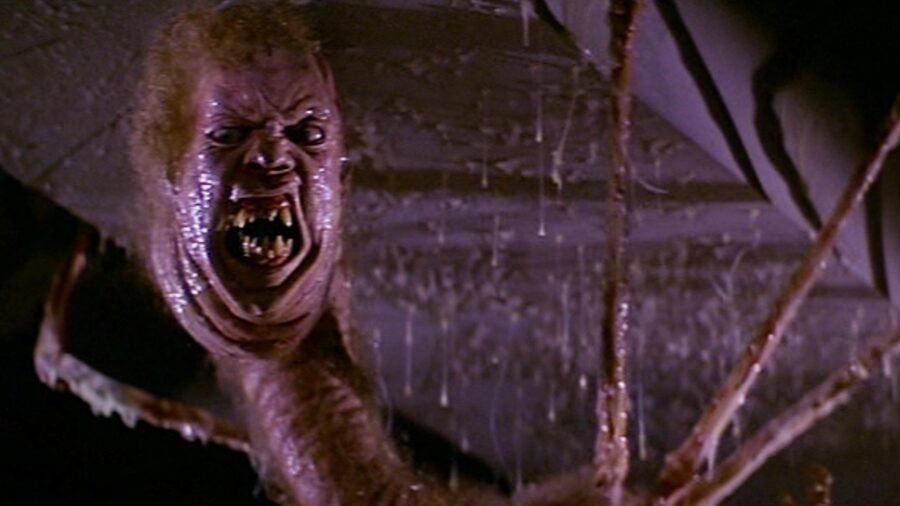
So did Rob Bottin, the Michael Jordan of practical effects work, who gifted the cinema world some of the most strange, frightening, and inspired practical effects–through the creature, the Thing–we’ve ever been privileged enough to want to look away from. Carpenter and Bottin forced us to delve wonderfully deeply into the horror and sci-fi elements latent in the franchise’s concept, a universe begun by John W. Campbell’s 1938 sci-fi novella, Who Goes There?
What resulted was an alien creature farm more than a mere “monster;” no, the alien terrorizing the antarctic base in Carpenter’s film symbolizes ultimate fear–fear of assimilation, of the other, of oneself. Plus, the claustrophobic setting (an Antarctic research station), blended with Ennio Morricone’s haunting, excellent score, produces an atmosphere of relentless tension and paranoia.
The Amazing Cast
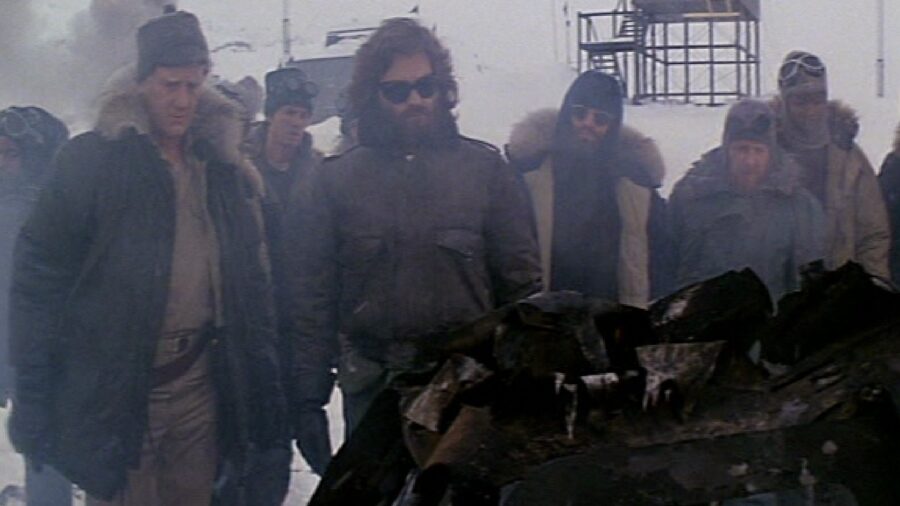
Moreover, as a meditation on the themes of isolation and distrust, Carpenter’s version of The Thing constituted more than a technical achievement. The excellent performances of a diverse cast, led by Kurt Russell, sincerely conveyed the essence of men pushed to their limits. Their portrayals were nuanced and compelling–all seemed like oddballs, whether scientists or not, lumped together in the Arctic, facing an incredible threat.
2011’s The Thing Is An Argument Against Remakes
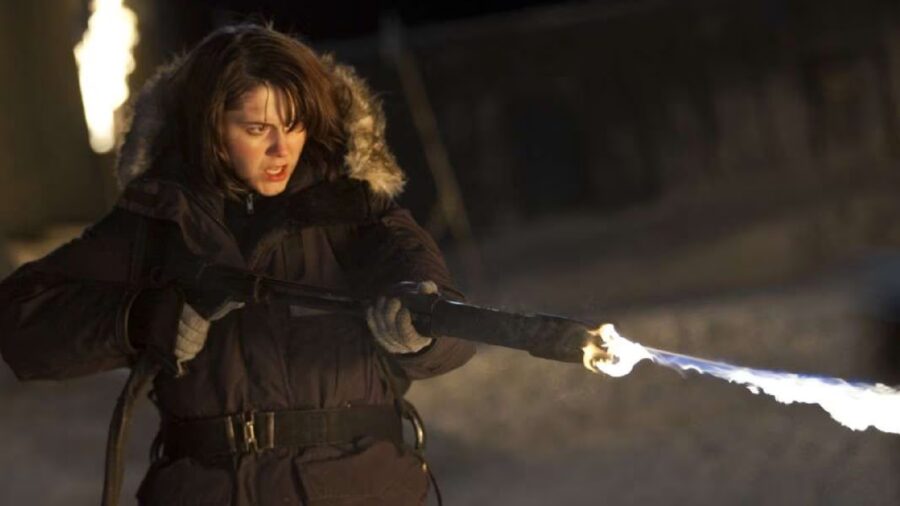
Fast forward thirty years and throw in some lazy CGI and lackluster performances by Scandinavian actors (unlike their fantastic 80s counterparts in Carpenter’s opus) and you have the 2011 prequel/remake. Other than a sad excuse for another go-round at The Thing, the movie functions as a stark counterargument to those in favor of remakes. Unsubtly, the film implies remakes can, indeed, significantly tarnish the legacy of original films.
This is too bad because the 2011 failed attempt can’t be faulted for lack of effort. It would almost be easier for me to bear if the film were even worse than it is; if it shocked with its own garnish disrespect for source material like so many remakes (we’re looking at you, White Men Can’t Jump reboot starring Jack Harlow).
CGI Is No Replacement For Poignant Direction And Great Performance
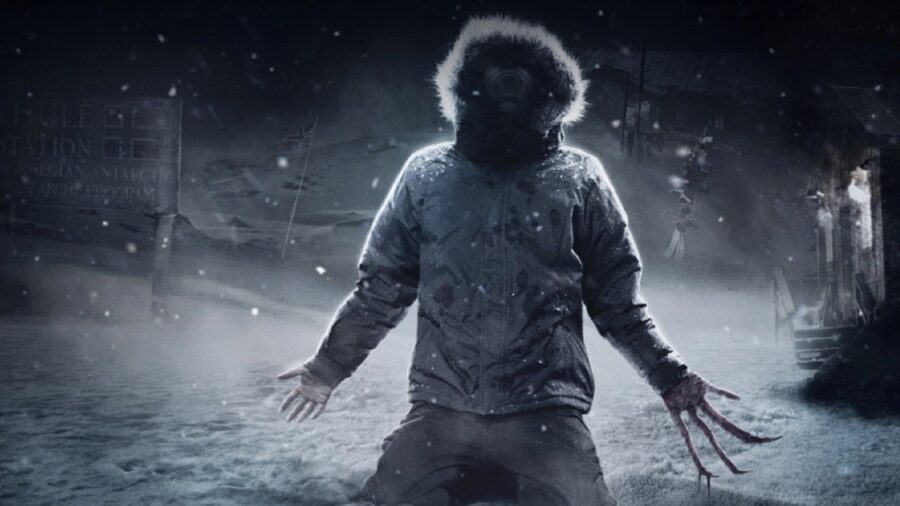
Instead, The Thing of 2011’s steadfast mediocrity, particularly its over-reliance on CGI and lack of memorable performances, results in a resounding “meh.” A question I’d urgently like to put it its creators: Did you really think you could cast someone to outdo Kurt Russell and his mullet? Plus, the CGI, turned all the way to 11, basically strips the alien of its tangible, visceral terror–a palpable sense of danger practical effects so successfully evoked, once upon a time.
Devoid of the soul and intensity of Carpenter’s version, the 2011 effort serves as a cautionary tale: not all stories need to be retold.












